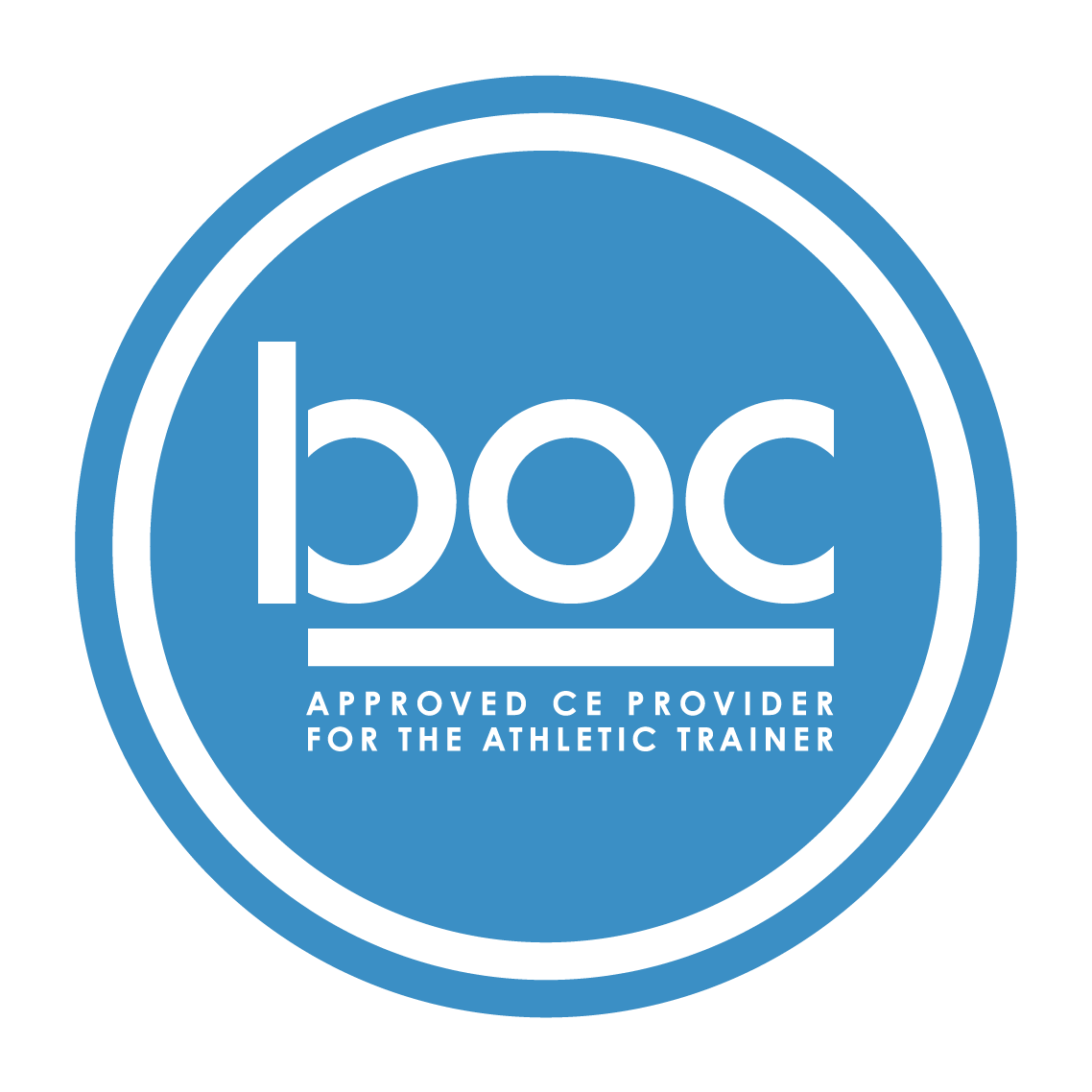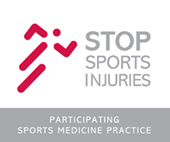- Home
- Football Equipment Removal Time and Difficulty in an Exertional Heat Stroke Scenario
Football Equipment Removal Time and Difficulty in an Exertional Heat Stroke Scenario
|
Endres BD*, Decoster LC*, Swartz EE†, Chester TE*: *New Hampshire Musculoskeletal Institute, †University of New Hampshire Context: Immediate cold water immersion (CWI) is the gold standard for exertional heat stroke treatment. Delays delivering this critical care may compromise survival by allowing core temperature to remain elevated. Removing football equipment and clothing immediately is recommended in preparation for CWI yet the associated time and difficulty for this task has not been reported. Should this process take too long, immediate initiation of CWI without removal of equipment might be indicated. Objective: To determine the time and the difficulty associated with complete removal of a full American football uniform in preparation for CWI. Two shoulder pad styles were compared. Design: Repeated measures. Setting:Gymnasium. Patients or Other Participants:Convenience sample of 28 certified athletic trainers (16 females, 12 males age=29.5±7 years, height=169.27±10.65 cm, mass=75.29±16.10 kg, years certified=6.20±6.83 years) with no history of injury in the last 6 months provided informed consent. Interventions:Full uniforms consisting of a Riddell (Elyria, OH) 360™ helmet, skull cap, game-style jersey, pants, full leg padding, belt, t-shirt, socks, and sneakers were removed from healthy human models. The independent variable was shoulder pad style: the Riddell quick-release (RipKord™) and traditional (CPX™) shoulder pads. Clothing was cut with Prestige Medical (Northridge, CA) 7.5” Premium Fluoride Scissors. A digital stopwatch timed trials. A DataTherm® II Continuous Temperature Monitor (Geratherm Medical AG, Geschwenda, GER) with flexible disposable thermistor probe was inserted into a Nasco (Salida, CA) LifeForm Enema Simulator that was placed adjacent to the model to simulate core temperature reading after uniform removal. Subjects worked in pairs. Three trials of equipment removal with each shoulder pad style were completed in random order for a total of 6 trials. The order of uniform component removal was pre-determined starting with the helmet and shoulder pads and ending after simulated rectal temperature probe insertion. Timing started when the subject said “begin” and ended when the temperature reading was verbalized. Participants' ratings of difficulty were obtained using a modified Borg CR-10 scale. Main Outcome Measures:Dependent variables were time and difficulty of uniform removal. Paired t-tests were conducted in IBM SPSS Statistics 18.0 to compare time and difficulty between conditions. The alpha level was set a priori at <0.05.
|









